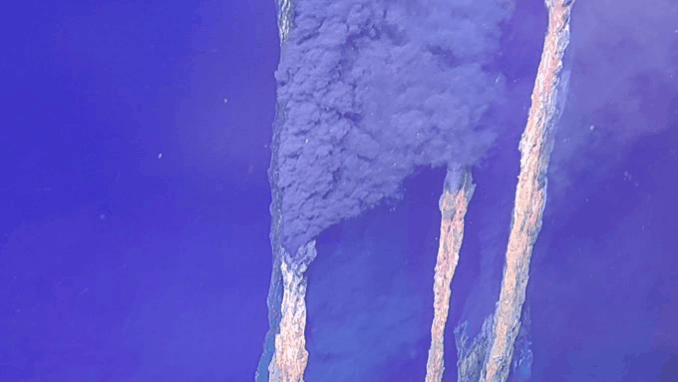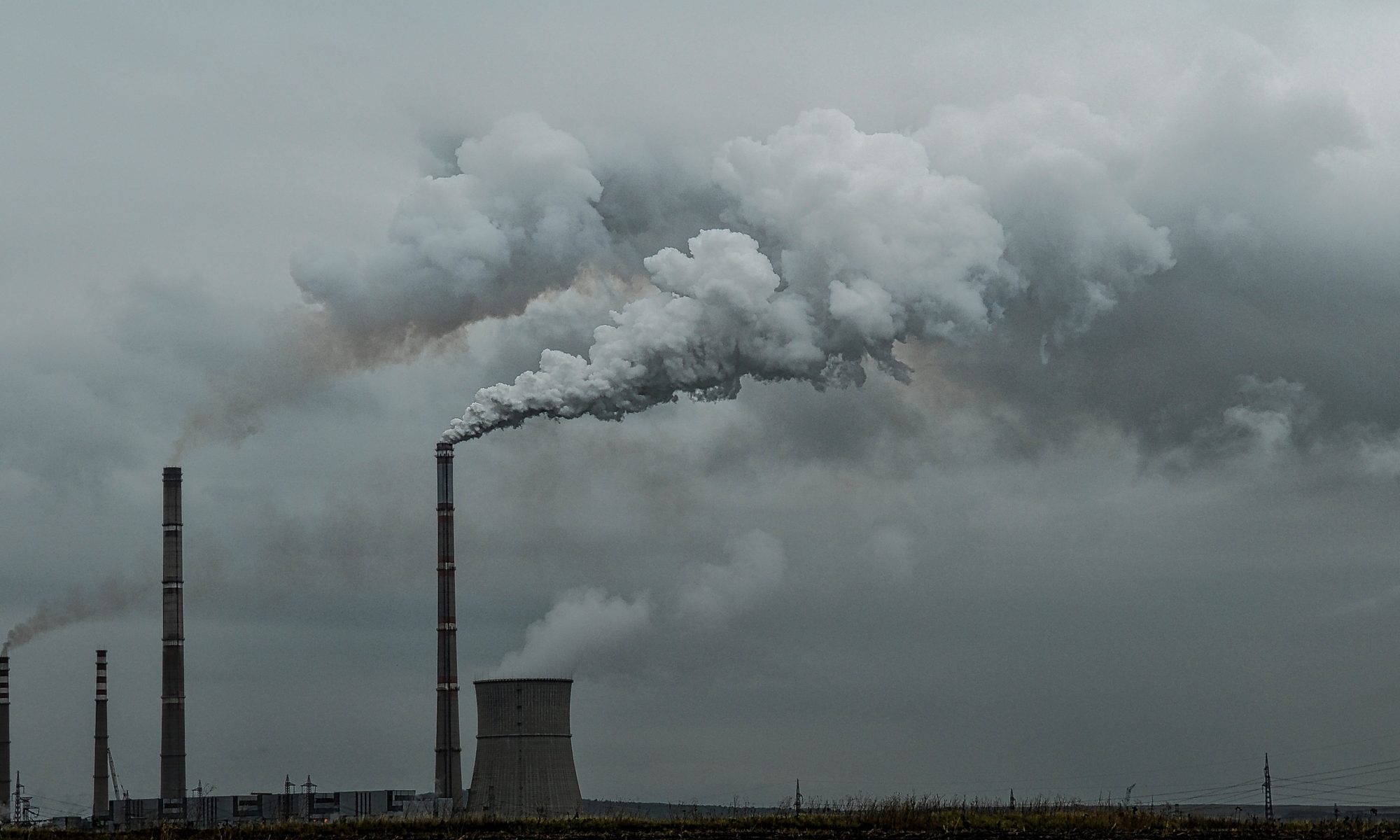Featuring image: soot produced by incomplete burning by fossil fuels. Picture: Pxhere, Public Domain (C0)
Paper: Hydrothermal-derived black carbon as a source of recalcitrant dissolved organic carbon in the ocean
Authors: Y. Yamashita, Y. Mori, H. Ogawa
Earth’s oceans not only harbour a multitude of organisms, they are also a major carbon sink, compensating the increased production of carbon by humans and thus slowing down climate change. But could hydrothermal vents be another source of carbon in the oceans themselves?
A lot of the carbon that is produced on land by organisms and industry is transported into the oceans by rivers and wind. Black carbon (or soot), which is for example produced by incomplete burning of fossil fuels, can be stored in the oceans and remain inaccessible for long periods of time (several thousand years). But is all the stored black carbon coming from land sources? Although scientists already had some hints that not all dissolved black carbon (DBC) in the oceans comes from the land, a reliable evidence for a DBC source within the oceans remained elusive. The research from a group from Japan was able to shine new light on this question by looking at hydrothermal vents in the Pacific Ocean.

The researchers analysed water from different depths in the Pacific Ocean. Surface water and water at depths below 1500m showed especially high concentrations of DBC. The high abundance of black carbon in surface water is mainly caused by soot that is transported by wind over the oceans where it slowly falls down. But where does the deep sea carbon come from? To check if the carbon could have been transported to great depth from the surface by downwelling ocean currents, the researchers compared the concentration of DBC to the amount of oxygen in deep see water. Why? Because deeper water layers usually hold low amounts of oxygen. Only when surface water is sent down, can water at great depth be enriched in oxygen. And indeed, water with high oxygen concentration was also enriched in DBC. However, there were some areas in the Pacific that showed higher DBC concentrations then expected from their depth and oxygen concentration. Where could it come from?
Hydrothermal vents are spots on the bottom of the oceans where hot fluids rise from the deep interior of the crust to it’s surface. These vents were already suspected to produce black carbon, but no direct link had been made. To search for such a link, Yamashita and co-workers looked for specific tracers that indicated fluids sourced from the Earth’s interior. One of these tracers is helium, which was stored deep within the Earth when our planet was formed. This gas is transported slowly over time to the Earth’s surface through hydrothermal vent systems and has a special isotopic composition which varies slightly from the helium that we find in our atmosphere.

The scientists searched for a correlation between the overabundance in DBC and helium-anomalies. After carefully doing this analysis for different areas in the Pacific Ocean, Yamashita’s group could confirm that part of the dissolved black carbon comes from hydrothermal vents. They estimate that the DBC produced in the oceans corresponds to 10-50% of the amount that is contributed to the ocean by rivers and wind.
While the exact nature of the carbon cycle in the oceans is still not completely understood, this research helps us to better understand how carbon is distributed in oceans. Especially when we look at the climate crisis that our planet is facing right now, it is of utmost importance to understand the carbon cycle in the oceans and their sensitivity to it.
License:
‘Soot in the water – Understanding oceans’ carbon cycle’ by Max Winkler is licensed under a Creative Commons Attribution-ShareAlik

